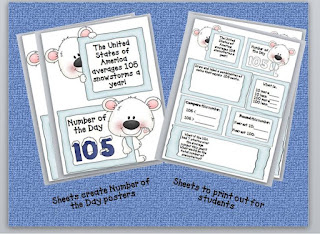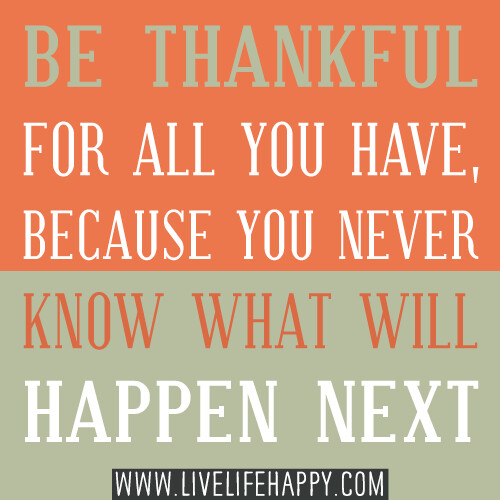I hope everyone had a marvelous Thanksgiving! I'm loving that we are not in school today and with my own kids occupied with friends I've decided to take this opportunity to send out a quick post.
Math has been on my mind. I'm in the middle of reading this great book, Comprehending Math by Arthur Hyde.
Here is what Hyde has to say about the braiding of math, reading and thinking :
"For many years the teaching of mathematics and especially problem solving has suffered from insufficient attention to thinking and language.
YES, I totally agree! I've sat in way too many data analysis meetings with frustrated teachers. We are seeing time and time again how students are ending up with answers that just don't make sense. They are getting confused by the language and are sometimes arriving at ridiculous answers. They are clearly not understanding the problem. They are not thinking.
Arthur Hyde argues the point against teaching "key or cue" words and sees it as part of the problem. In his book he states:
"What is the fundamental message the kids get when told to look for the key/cue word? Don't read the problem. Don't imagine the situation. Just grab the numbers and compute."
Again, I have to agree with him on this one. I do believe that students need to know that words like: altogether, in all, sum and total relate to the idea of combining and the result will be a larger number than what they started with. What I don't want my students to do is over rely on just using key words to solve word problems.
I've had students who have struggled to the point of freezing up when attempting a word problem.
These same students have become more successful in solving math problems after I've modeled a plan of attack. My third graders are using a problem solving flow chart that relies heavily on comprehending the problem first and foremost. We use our "good reader strategies" and spend time telling the main idea or "who" "what" of each problem. Visualizing and verbalizing the action of the problem does wonders in helping students "see" the math.
Here is the sequence we use:
Notice how step one is all about just reading and thinking.
Step two requires students to use my number one reading strategy: Visualize the Action. Students draw a math picture. This is a simple pictoral representation of what is happening. It is not an elaborate drawing. Students use easy to make symbols to stand for the people and things in the problem.
Step three has them figuring out a strategy to solve the problem. So often an appropriate strategy becomes apparent from the drawing of the math picture.
The final step has students rewriting the question in the form of a statement and inserting their final answer.
This forces students to think about the reasonableness of their answer.
Interested in grabbing a set of these materials to try out with your students? You can check out this file at my TPT store. Click here for more details:






























 youngdor8@gmail.com
youngdor8@gmail.com



















